How lawmakers can make history for conservation in 2021 and 2022
The 116th Congress was truly historic in its conservation achievements, with passage of the John Dingell Conservation Act, the Great American Outdoors Act, and the America’s Conservation Enhancement Act. It ended with a bang, as well, with a strong Water Resources Development Act that included natural infrastructure policies for which TRCP had long advocated.
But, as more Americans have turned to the outdoors and our fish and wildlife resources, there is more for the 117th Congress to get done. As we saw throughout 2019 and 2020, nothing sparks bipartisanship quite like conservation, and TRCP looks forward to working with our Democratic and Republican allies to assemble the next coalitions for conservation policy success.
Here is our shortlist for the habitat, access, and funding priorities they should take up first.
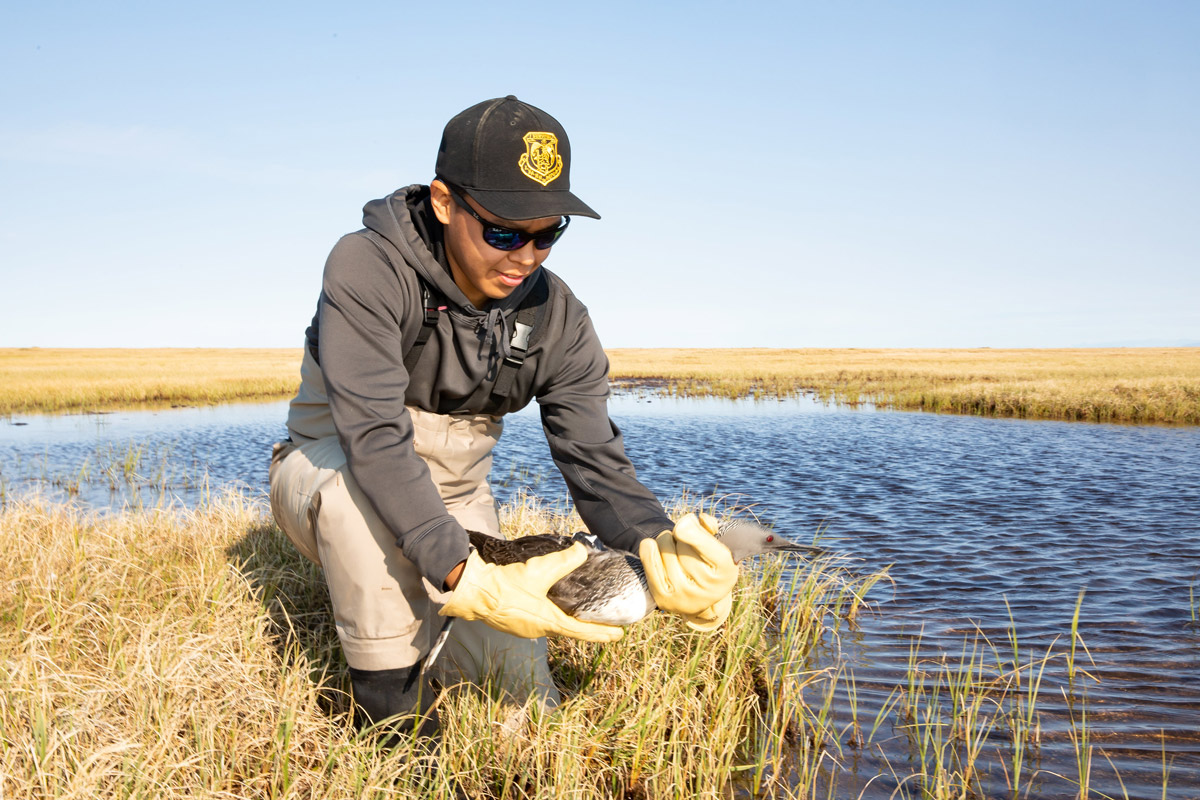
Create Conservation Jobs
The Civilian Conservation Corps was a keystone of the New Deal response to the Great Depression, and it put significant numbers of unemployed Americans back to work building a legacy of trails, parkways, lodges, and tree-plantings that are still plainly visible across the country. Seventy years later, in response to the Great Recession of 2008, Congress passed the American Recovery and Reinvestment Act (ARRA), funding all manner of infrastructure and natural resource restoration projects meant to get people back to work.
As we stand at another economic threshold, with 10 million Americans still out of work as a result of the COVID-19 pandemic, Congress should once again craft economic recovery legislation that invests in conservation programs with a track record of creating jobs and restoring our natural resources.
Visit our Conservation Works for America webpage to learn more about how investments in conservation can create jobs, rebuild our economy, and improve the health of our communities.
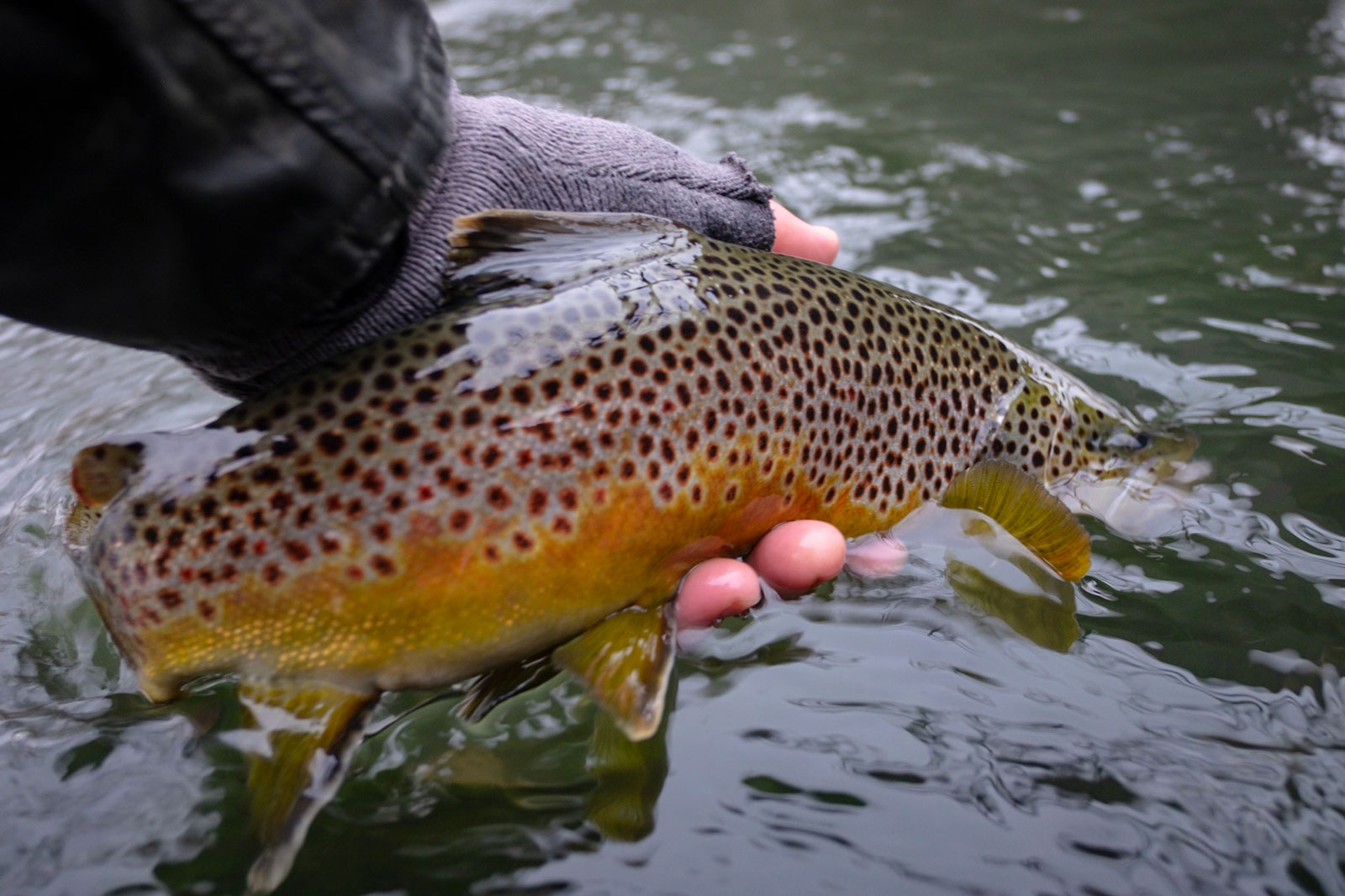
Invest in Climate Change Solutions
In the last decade or more, it has become clear that American hunters and anglers are among the first to witness the impacts of a changing climate. Altered migrations, delayed rut seasons, and invasive species are just a few of the challenges sportsmen and women face as we plan time afield.
Now, leaders in Washington seem poised to act on climate, and with such a unique stake in the outcome, hunters and anglers must be at the table.
While there will certainly be much talk about pricing carbon, electric vehicles, and grid modernization, truly comprehensive climate legislation must include dramatically expanded roles for our nation’s water- and land-based systems that, conservative estimates indicate, could sequester at least 20 percent of our carbon targets. This means investing in grassland conservation, coastal and wetland restoration initiatives, and active forest health projects—exactly the kind of climate projects that benefit rural America and enhance the adaptability of our fish and wildlife resources.
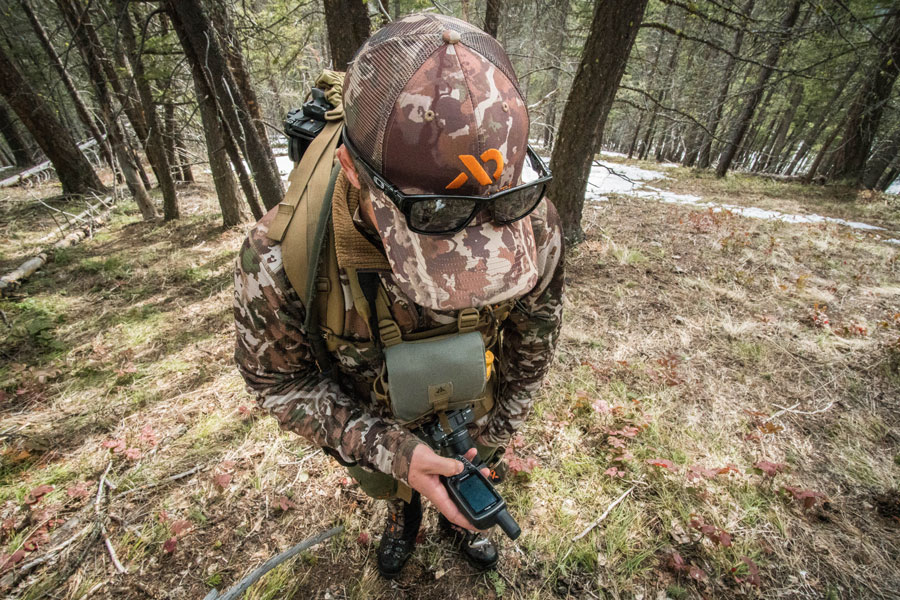
Modernize Public Land Data
Increasingly, hunters, anglers, and all forms of outdoor enthusiasts seek to plan their adventures using the latest in mobile technology. This revolution in how people interface with their public lands has highlighted how little data about those lands is available in a technologically relevant format. To this day, knowing where one can go and what one can do there sometimes requires paper maps and an awareness of arcane and ever-changing agency policies.
Seeking to address these challenges, in 2020 the TRCP worked with a diverse bipartisan mix of House and Senate legislators to introduce the Modernizing Access to our Public Lands (MAPLand) Act.
The bill, supported by a wide swath of hunting and fishing organizations, would provide the funding necessary over several years for our national land management agencies to digitize paper maps, access data, and recreational use regulations for modern-day public land use. We’d like to see the bill reintroduced and ultimately passed this Congress.
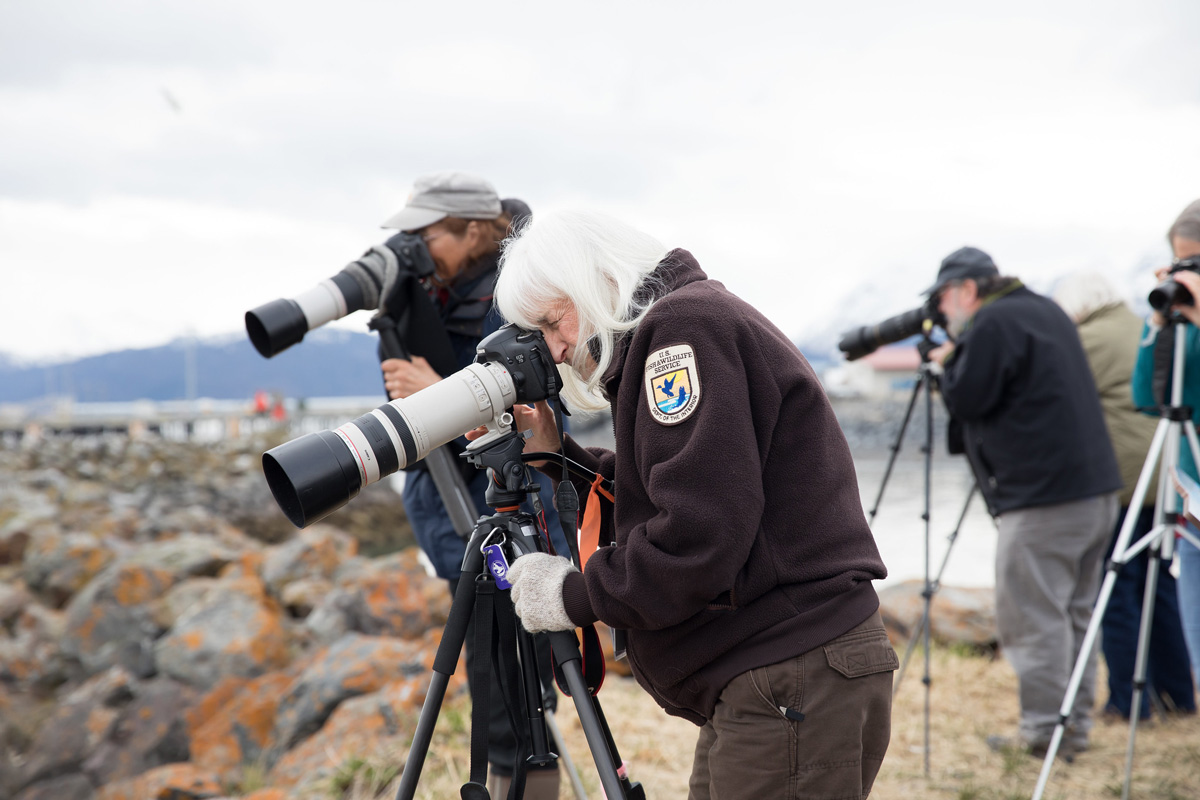
Fund Frontline Fish and Wildlife Management
With less time spent commuting and fewer things competing for our limited time, folks have found more chances to head afield during the pandemic. Some states have indicated that hunting and fishing license sales have soared, and outdoor businesses have seen strong demand. But this uptick in outdoor enthusiasm means more pressure on access points and outdoor recreation infrastructure.
Unfortunately, the state wildlife agencies haven’t been able to keep up. Across the nation, state fish and wildlife agencies have seen furloughs, layoffs, hiring freezes, and a reduction in volunteer participation, all while usage of natural resources has been increasing, creating a tremendous capacity issue for our frontline fish and wildlife professionals. What’s more, we now enter into that time of year when state governors and legislatures will be considering state budgets, and fish and wildlife agencies may well be on the proverbial chopping block.
Congress should prioritize swift passage of the Recovering America’s Wildlife Act as part of their comprehensive COVID response and get needed support to state and local governments. Many aspects of state governments have been stressed by this pandemic, and state fish and wildlife agencies are no exception. They shouldn’t be ignored as they perform an ever more essential role in keeping the American public safely enjoying our outdoors.
The Recovering America’s Wildlife Act creates a badly needed permanent and dedicated funding source for every state’s fish and wildlife agency. This has never been more relevant.
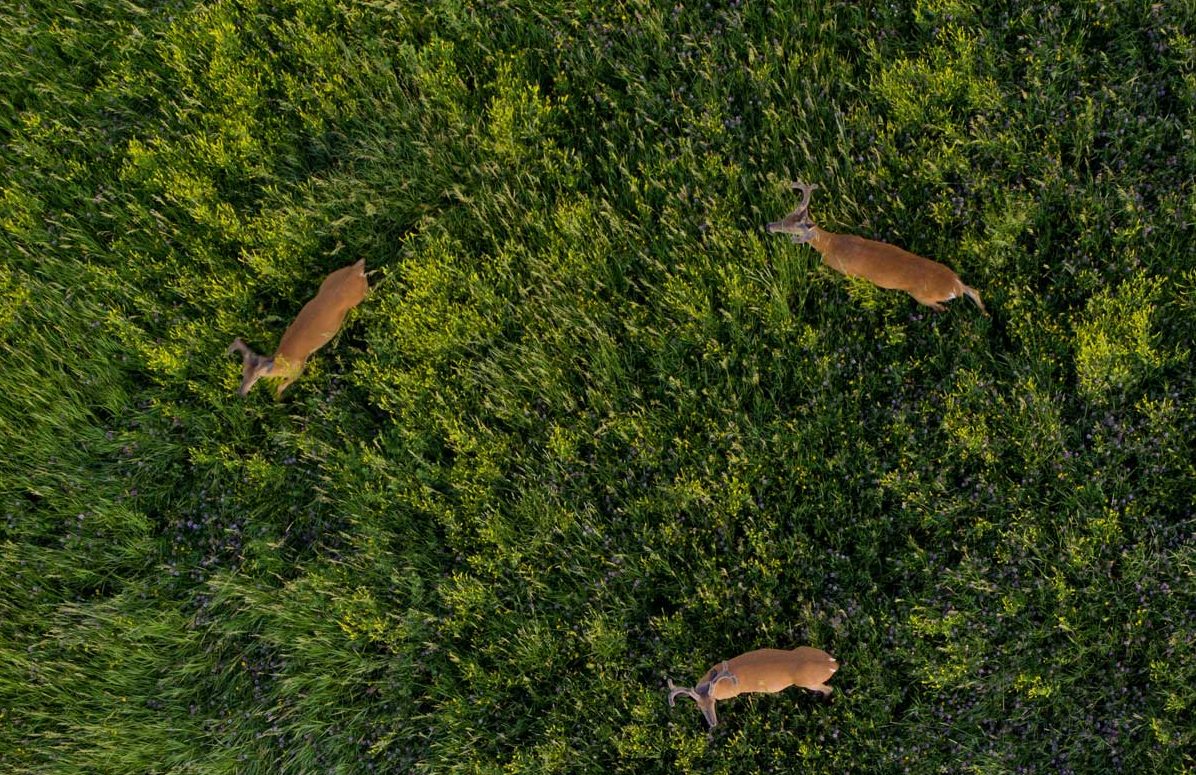
Safeguard the Future of Deer Hunting
And while COVID-19 has had catastrophic effects on our nation and the world over the course of the last year, a wildlife disease crisis has continued to spread throughout the country. Chronic wasting disease, a 100-percent fatal disease that affects all species of North American deer, was recently identified in Ohio’s wild whitetail population and the wild elk population of Grand Teton National Park.
More than half the states in the country are now dealing with a disease which, if left unchecked, threatens the very future of wild deer, deer hunting, and our model of conservation funding—and all of this while perhaps more people than ever before seek to add venison to the family meal plan.
It is time indeed for Congress to act on comprehensive chronic wasting disease legislation, which would fund strong state response plans including better testing and surveillance, funding for better research, and improved management of the movement of live deer. There is arguably no more important issue facing wildlife conservation, and the issue deserves the attention of congressional leaders and the Biden Administration.
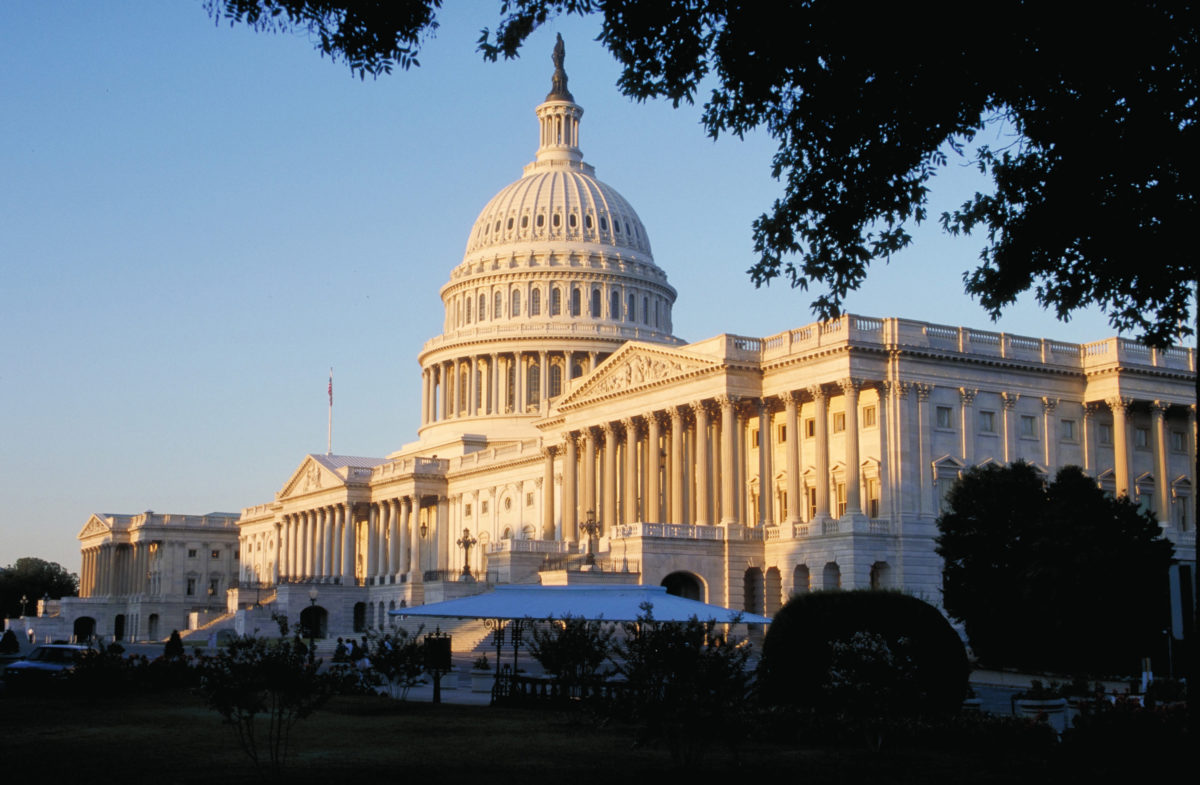
The 117th Congress and Beyond
No matter how much of great import we got done in the last Congress, there is much more to do, including far more than we can include in this list. The role that conservation and natural resources play in our national economy, our health, and our quality of life have never been more clear. All of us at the TRCP look forward to getting to work on our agenda for the 117th Congress and the future of America’s hunters and anglers and fish and wildlife.
Top photo by Glenna Haug on Unsplash

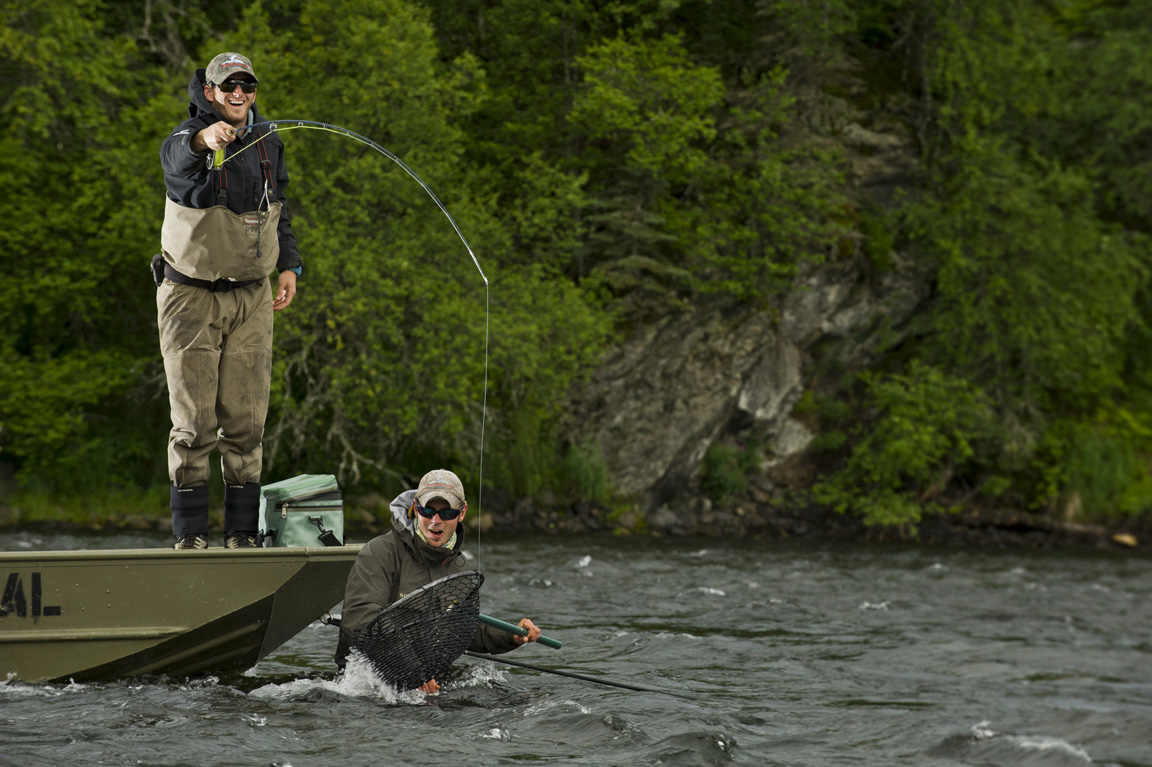

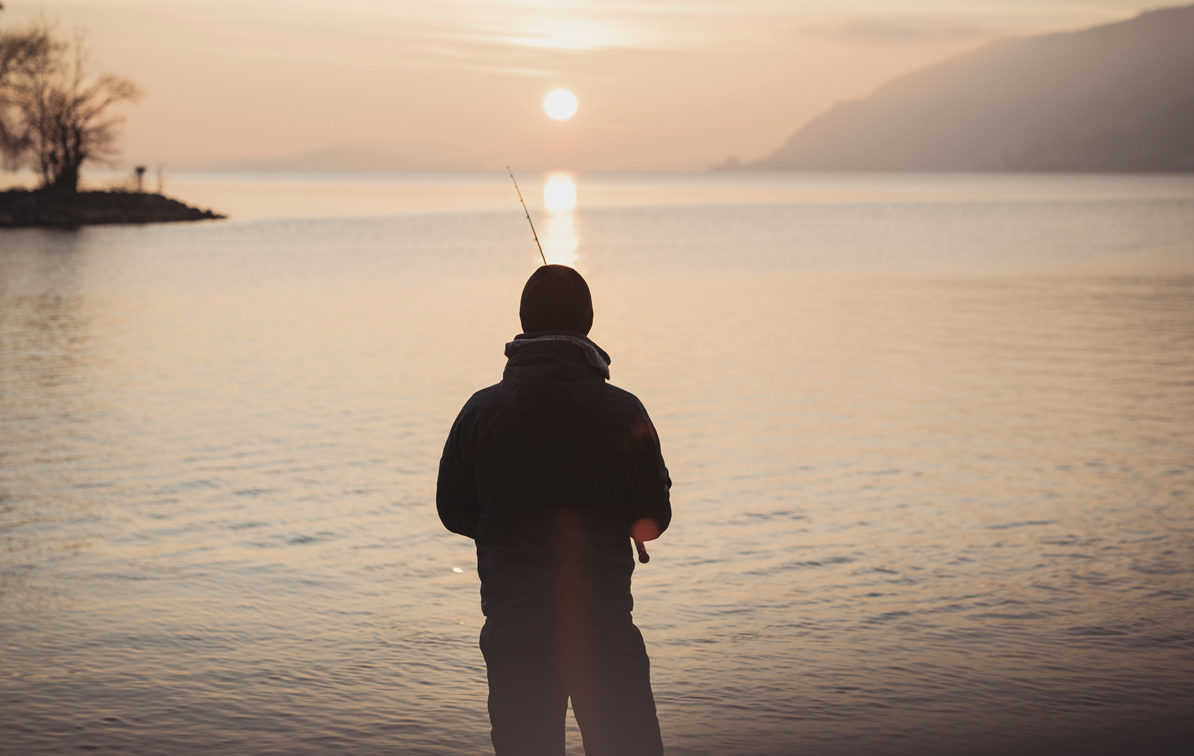
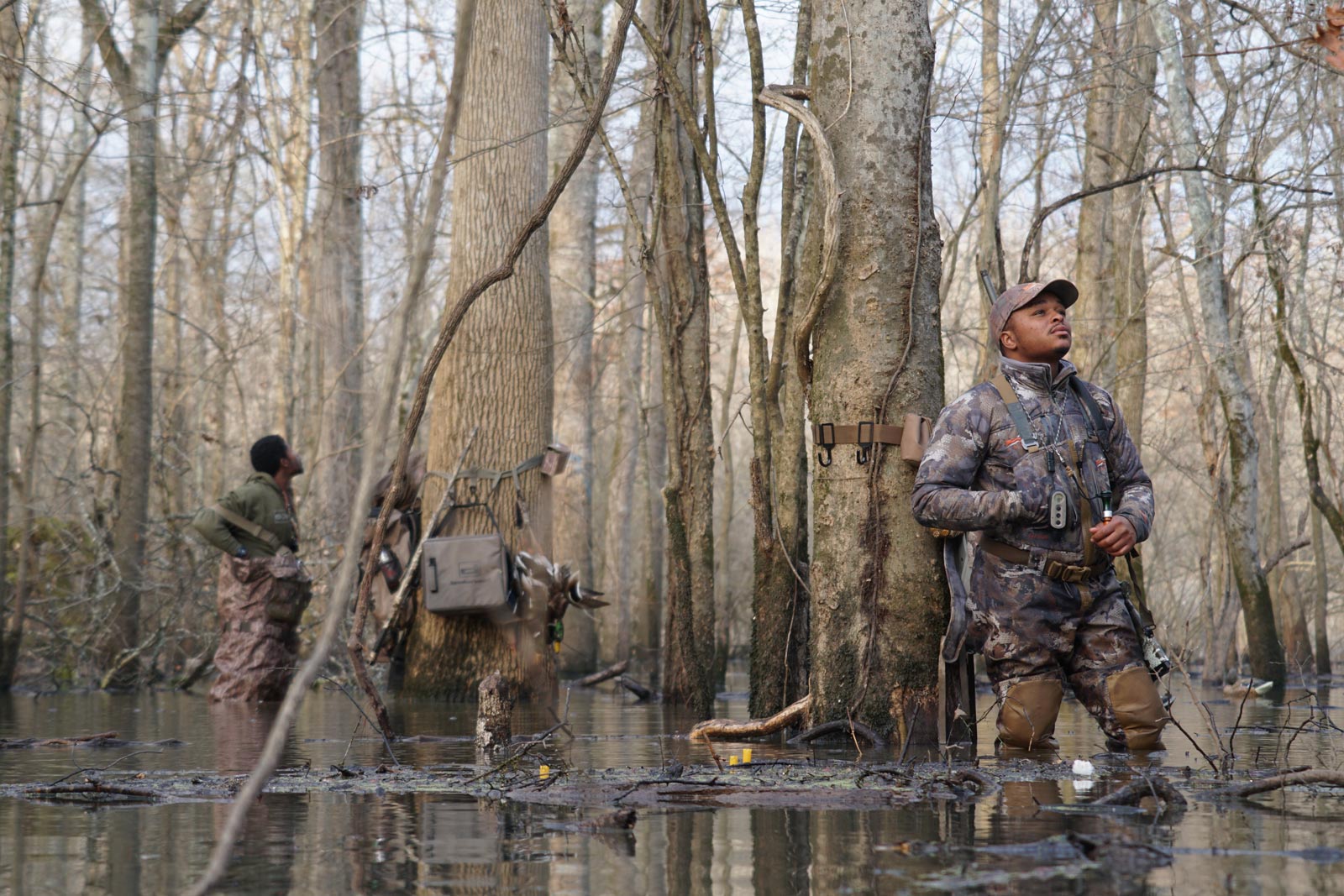
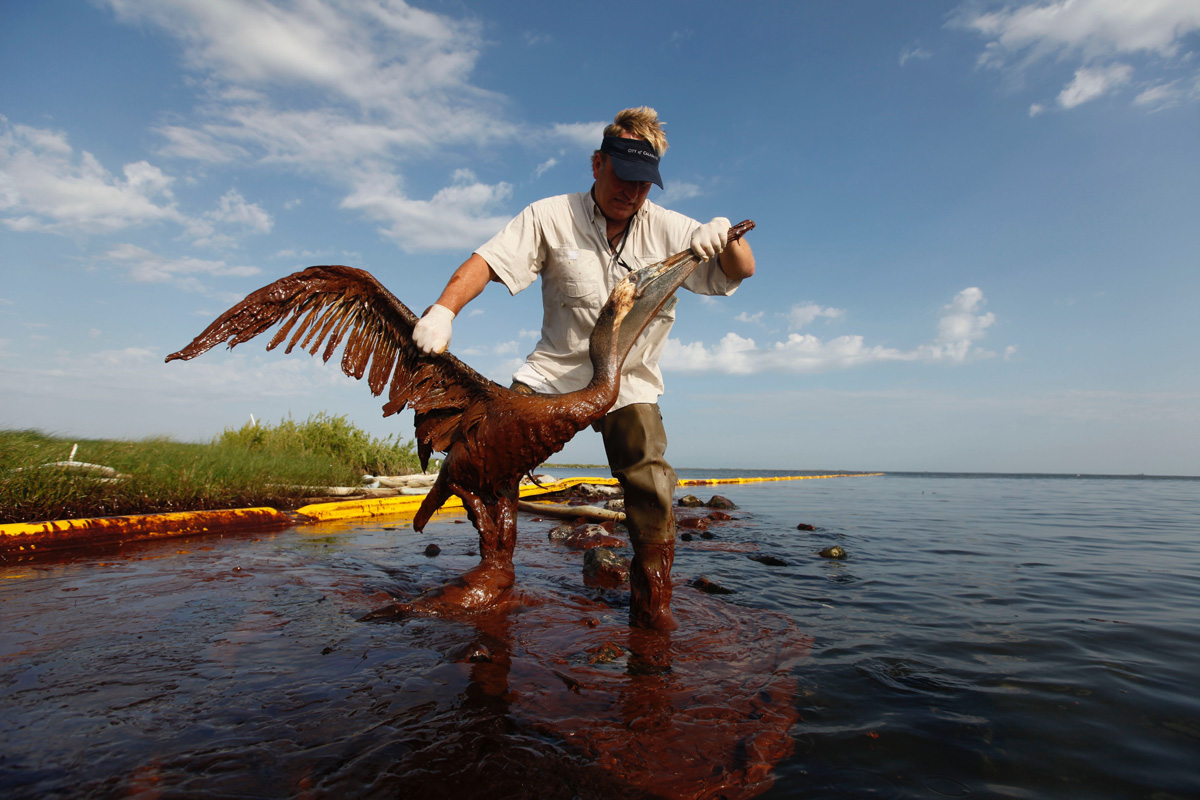
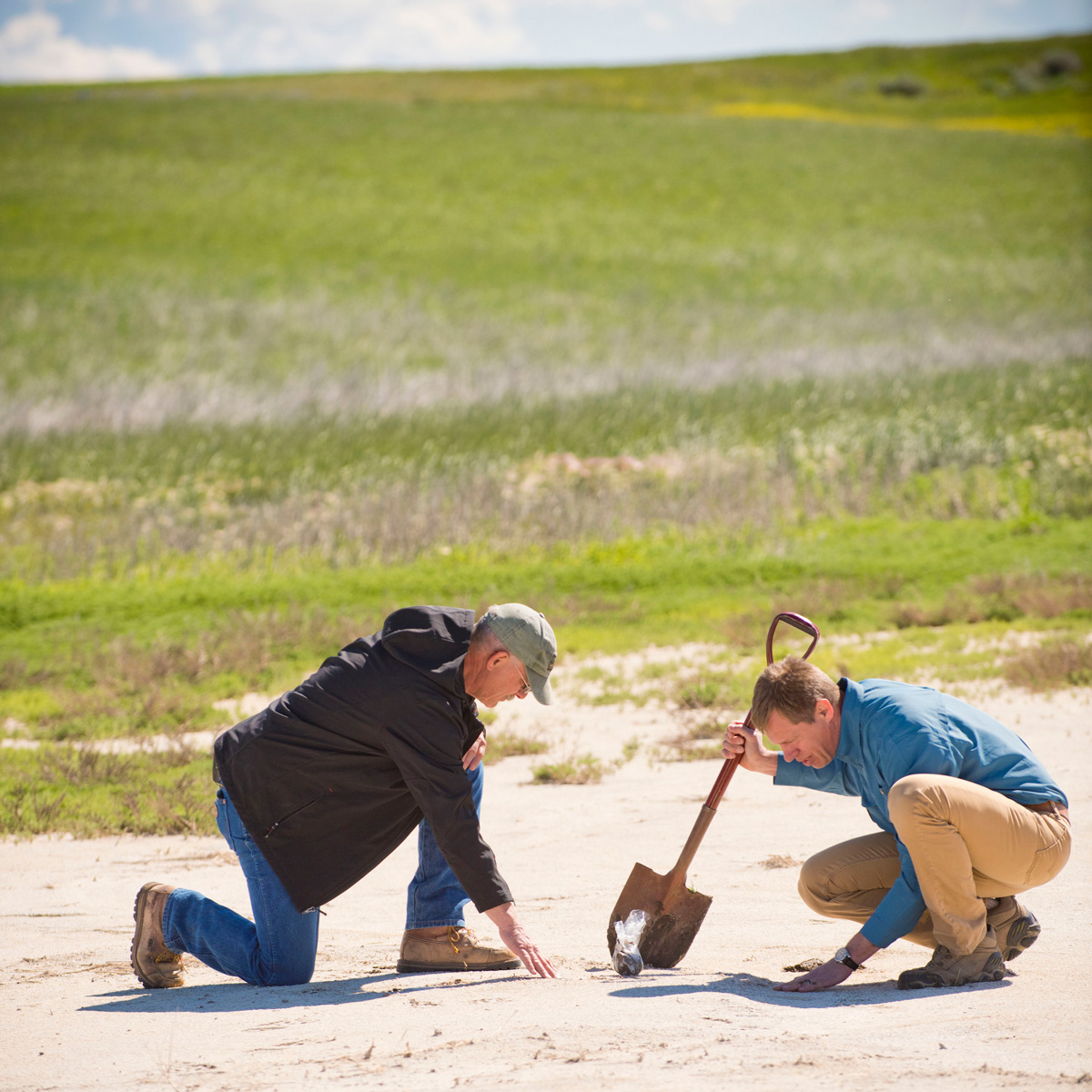
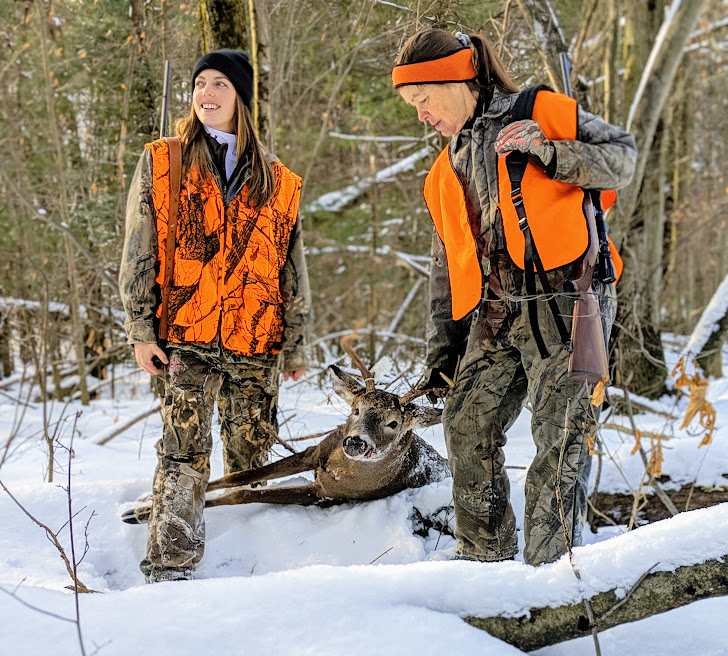
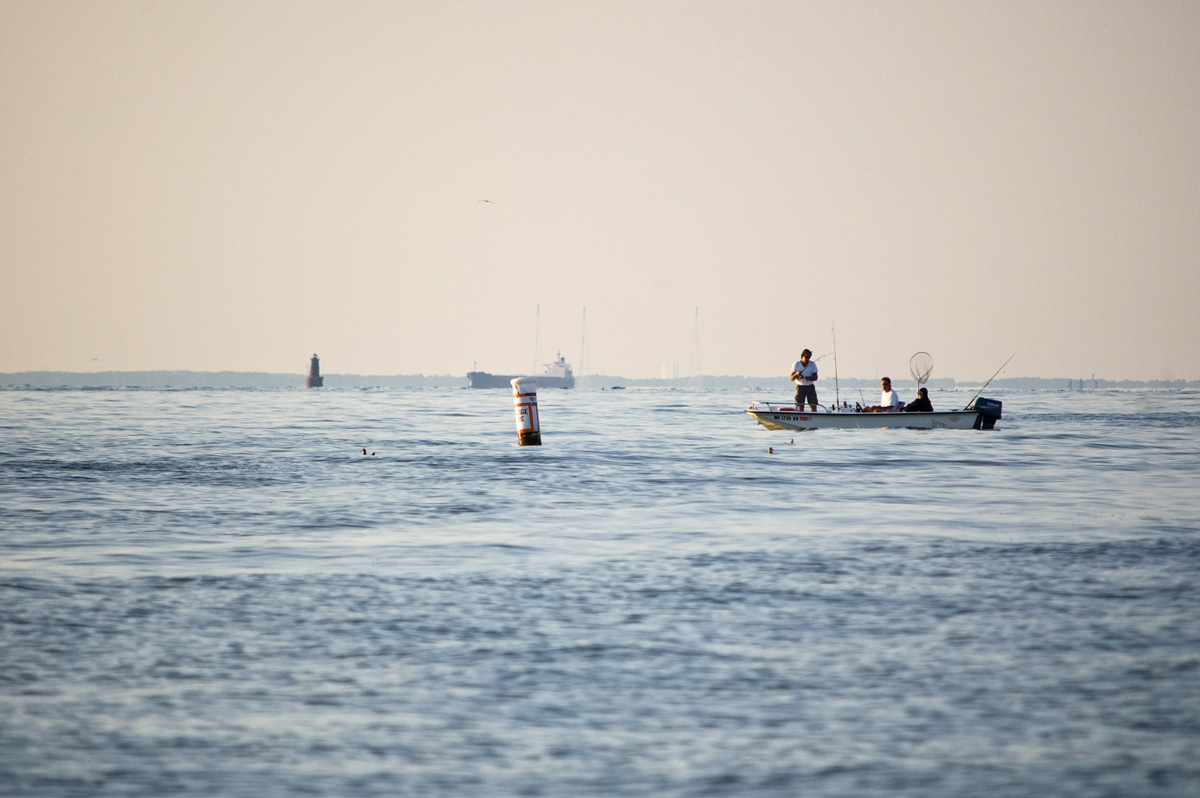

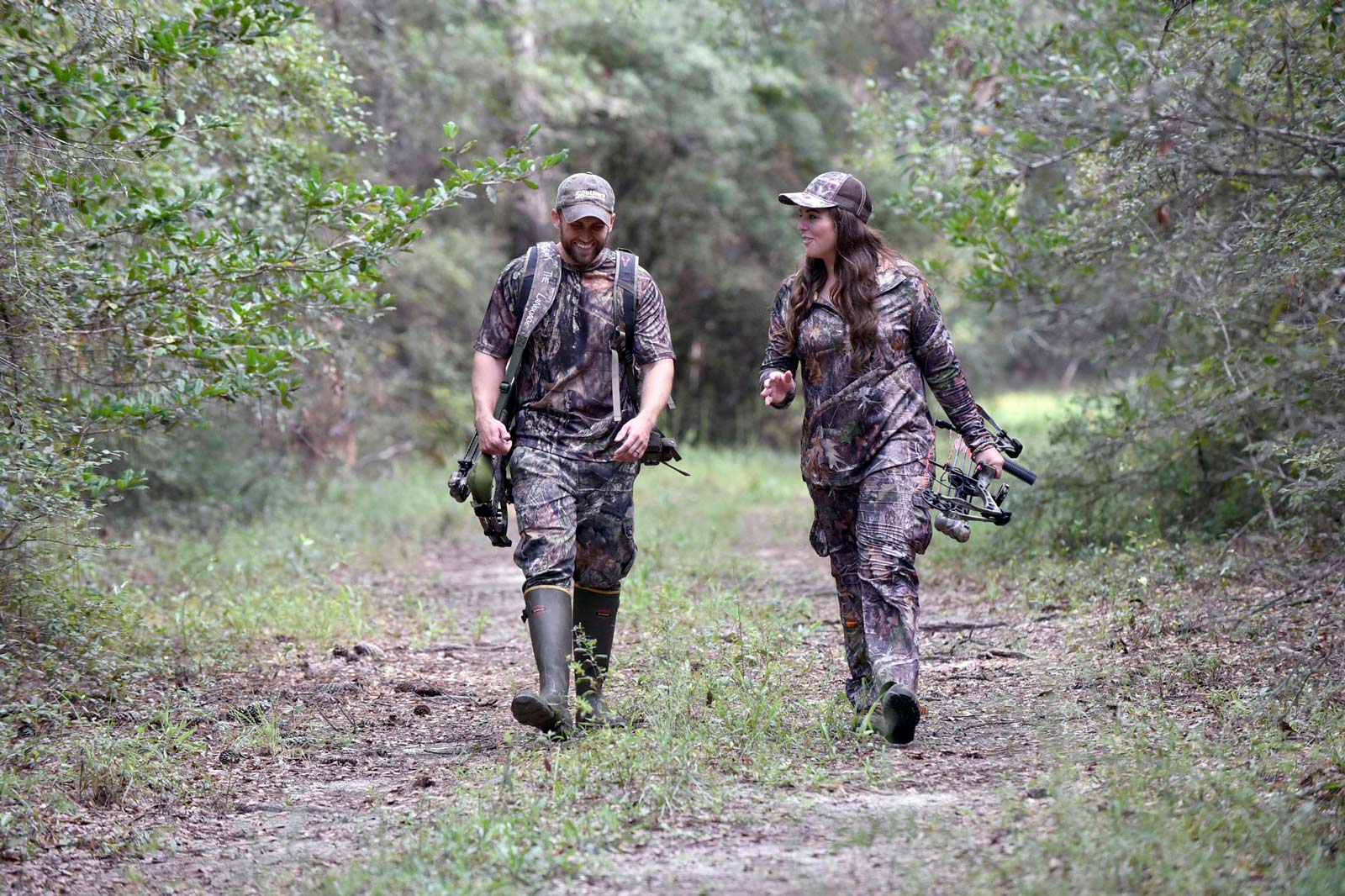





How about sharing all the things that have passed and sharing the details of each piece of legislation.
We need to understand what each piece of legislation provides so we can share our legacy more effectively.
Hunters have a huge impact on conservation and we should be able to articulate this mountain of habitat preservation.
By being able to do this we protect our hunting heritage and our second amendment rights.
What about increasing the number of acres for CRP?!!!
Yes to a CCC-like Corps!
The conservation goals mentioned are lofty and necessary, but the trifecta of environmental needs are to forever stop the drilling in Alaskas National Wildlife Refuge, Stop any encroachment on Pebble Bay and last but far from least, no logging in the self contained environment of the Tongass National Forest. These three proposals will forever detrimentally rape three iconic and necessary landscapes if we are to halt global warming. Now is the time to act responsibly and with wisdom, foresight and heart.
Ms Stransky: You are not wrong about what you desire but TRCP’s actions are moving in that direction .
Absolutely agree. Making sure all our waterways are clean and free of toxins is also a major project that must be completed ASAP!
I personally think we need to leave every tree and blade of grass for our children and wildlife . Our world is getting smaller every day and the important things in life are disappearing at an alarming rate. Please,do whatever you you have to to protect our natural resources.
I as a hunter an fisher love to do both an will do what it take to help assure that this is something we are all able to do for as long as we can, it’s an American Heritage an I truly love it. I would also like to know more about become an employee an working in the fields I love most.
Encouraging in any way possible a switch to regenerative agricultural practices would be a positive step on many levels. There are many great examples of how these are working to the benefit of all involved.
We all need to support these issues get involved make a difference. I for one will do everything possible to help in any way
Difficult. The challenge of extracting resources from the land and still allow time for regeneration, this age old problem sill plagues us. At least worrying about it is a good first step!
We must do all we can to protect every acre, every stream, every mountain, every river…stop the oil and gas, mining of our minerals, gold, copper etc. etc. protect our wildlife through strong state hunting laws and protect our bays and tributaries and pass climate change
Absolutely agree 100%!
I think something we should all look into is making herbicides illegal like they are in Canada and England. Herbicides are ruining our Waters and making our lakes lethal to dogs and humans.
Preserving habitat from development is the single-most important conservation challenge of our day. Although energy development is impactful, far worse is plain old suburban sprawl that is gobbling up wintering grounds, bedding areas and wildlife corridors at a blistering pace. Fight development and save habitat and hunting grounds!
We need All these projects done!!
I totally agree with the following statement!
The conservation goals mentioned are lofty and necessary, but the trifecta of environmental needs are to forever stop the drilling in Alaskas National Wildlife Refuge, Stop any encroachment on Pebble Bay and last but far from least, no logging in the self contained environment of the Tongass National Forest. These three proposals will forever detrimentally rape three iconic and necessary landscapes if we are to halt global warming. Now is the time to act responsibly and with wisdom, foresight and heart.
Fight development and save habitat!
Do It!!! All 5 are Essential!!! ✊❤🇺🇸🙏
Development on wildlife & habitat lands has superseded the plans for environmental impact studies for the near & distant future. Developers do not want to hear those words or care where the animal, birds & ecosystems that will be destroyed or where the wildlife with go to survive. Controlling U.S population is critical.
Preservation of Habitat for the benefit of wildlife, recreational viewing and uses, as well as conservation of wildlife should be our end goals. Those are thing we can and have demonstrated we can impact in a positive manner.
Please its up to you to save our habitat